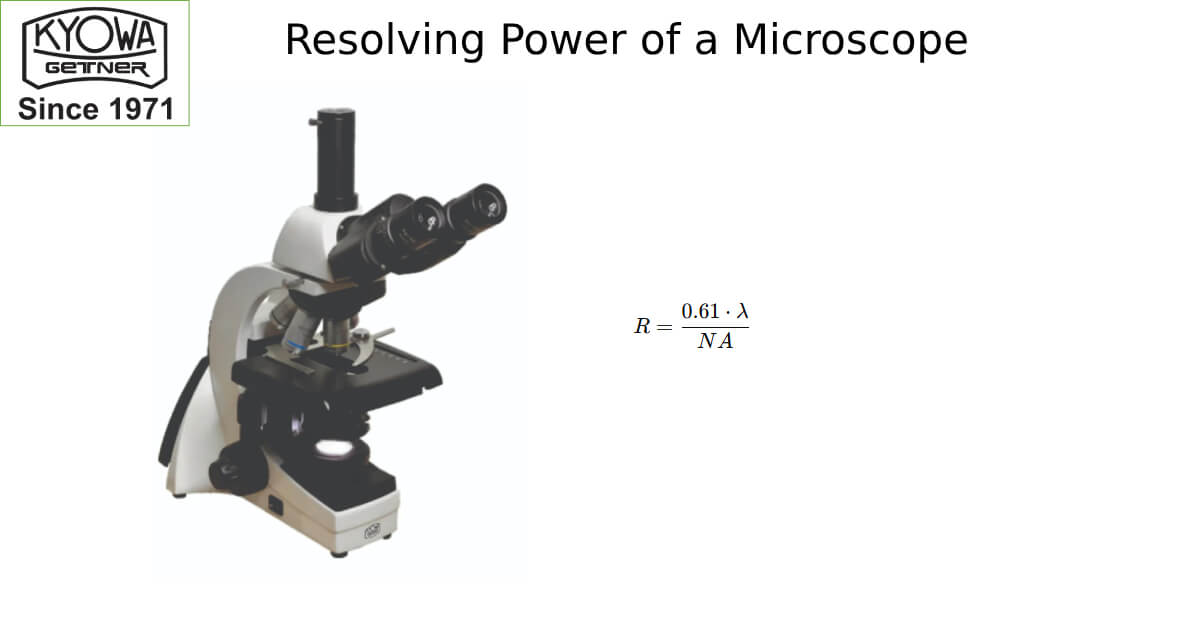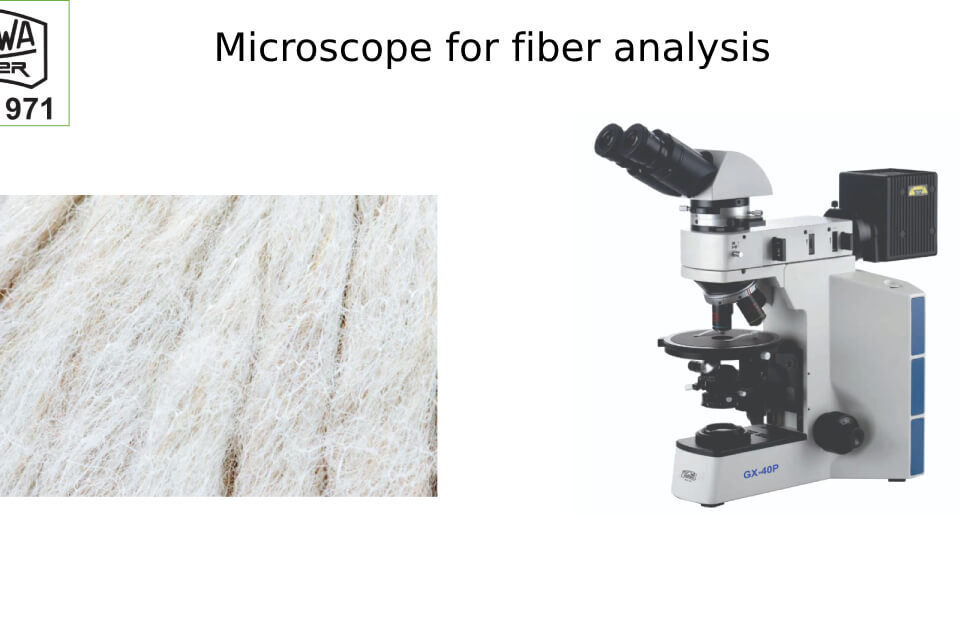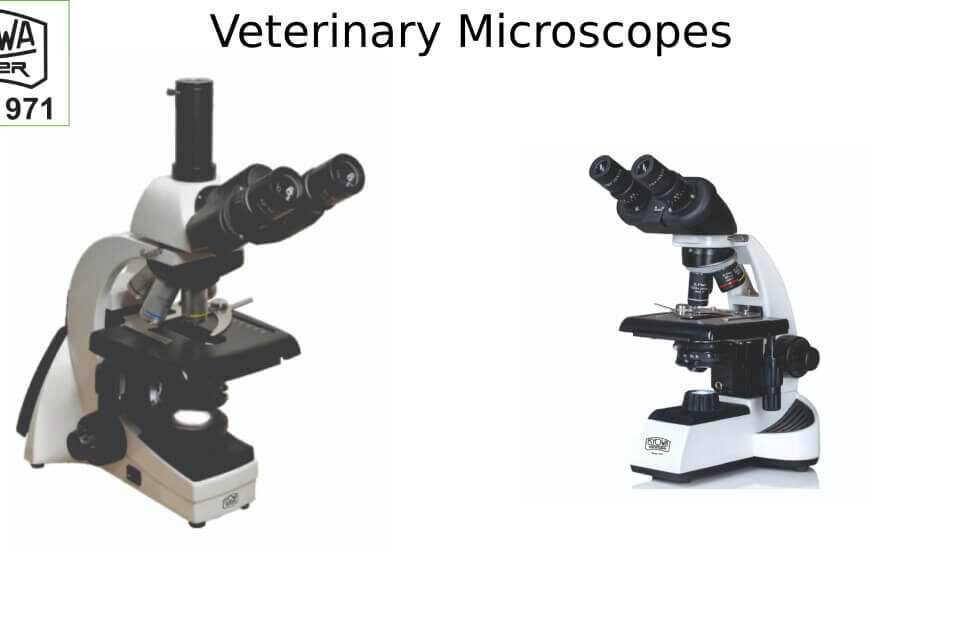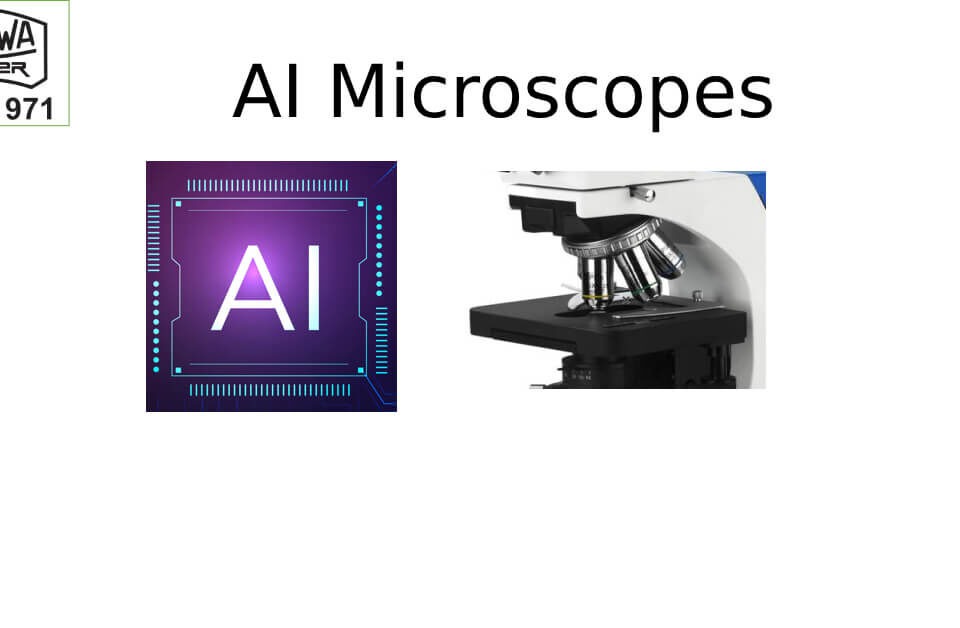When it comes to microscopes, one of the most important characteristics that dictate their performance is their resolving power. But what exactly does this term mean, and why is it so crucial for microscopic observations? In this blog post, we’ll break down the concept of resolving power, its significance, and how it’s determined.
What is Resolving Power?
Resolving power (also called resolution) refers to the microscope’s ability to distinguish between two closely spaced objects as separate entities. In simple terms, it’s the capacity of the microscope to reveal fine details of a specimen that are too small to be seen with the naked eye.
Imagine you’re looking at a small sample under a microscope, and you’re trying to observe two nearby particles or structures. The resolving power determines whether those structures appear as two separate objects or as a single blurred one.
The better the resolving power, the sharper and more detailed the image. Without sufficient resolution, important features of the specimen can be missed, which could lead to inaccurate observations.
Why is Resolving Power Important?
The resolving power of a microscope is critical for tasks in a variety of scientific fields. For instance:
- Biology and Medicine: To examine tiny cellular structures or bacteria, high resolution is necessary to view their internal components.
- Materials Science: To study the fine details of material structures like metals and polymers, better resolving power is essential.
- Nanotechnology: Nanoscience requires microscopes capable of resolving individual molecules and even atoms.
In essence, resolving power allows scientists, researchers, and technicians to explore the minute details of their subjects, enabling more accurate findings and deeper understanding.
How is Resolving Power Determined?
The resolving power of a microscope is influenced by several factors, but it can largely be described by the following formula: R=0.61*λ/NA
- R is the resolving power (the smallest distance between two points that can still be distinguished as separate).
- λ (lambda) is the wavelength of light used for imaging (shorter wavelengths improve resolution).
- NA is the numerical aperture, which is a measure of the light-gathering ability of the microscope lens.
Let’s break this down:
- Wavelength (λ): The wavelength of light plays a major role in determining resolution. The shorter the wavelength, the better the resolution. This is why electron microscopes, which use electron beams (with much shorter wavelengths than visible light), can achieve far higher resolutions than optical microscopes.
- Numerical Aperture (NA): The numerical aperture is a measure of how much light the objective lens can capture. It’s affected by the lens’s angle and the refractive index of the medium between the lens and the specimen (usually air or oil). Lenses with higher NA values capture more light, thus allowing for a higher resolution.
- Objective lenses typically have numerical apertures ranging from 0.1 (for low magnification) to 1.4 or higher (for oil immersion lenses used in high magnification).
Types of Microscopes and Their Resolving Powers
- Optical (Light) Microscopes:
The resolving power is limited by the wavelength of light. These microscopes typically have a resolving power between 200 nm and 0.2 micrometers, which is enough for observing cells and large microorganisms, but not individual molecules or atoms. - Electron Microscopes (EM):
Electron microscopes, which use electrons instead of light, can achieve much higher resolution. The resolving power can be as small as 0.1 nanometers (atomic scale), allowing scientists to see structures at the molecular level. - Scanning Probe Microscopes (SPM):
These microscopes, such as the Atomic Force Microscope (AFM), have resolving powers that can reach atomic scales (less than 1 nanometer), enabling researchers to study surfaces at unprecedented detail.
Where:
Factors Affecting Resolving Power
Several factors can affect the resolving power of a microscope:
- Quality of the Lens:
Higher-quality lenses have better optical coatings and can focus light more precisely, leading to improved resolution. - Illumination:
The light source’s quality can influence resolving power. Bright, well-focused light provides clearer images. - Medium Between the Lens and Specimen:
Using immersion oil with a high refractive index can help increase the numerical aperture, improving the resolving power of a microscope. - Sample Preparation:
Proper sample preparation, such as using thin slices and ensuring a clean surface, is vital for achieving maximum resolution.
Limitations of Resolving Power
While improving resolving power is essential, there are physical limits that cannot be overcome by simply improving the lens or light source. For instance:
- Diffraction Limit:
In optical microscopy, diffraction limits the resolution that can be achieved due to the wave nature of light. This means there’s a fundamental limit to how much detail optical microscopes can resolve, even with advanced lenses. - Abbe’s Diffraction Limit:
This principle states that the resolving power of a microscope cannot be better than approximately half the wavelength of light used, due to diffraction. For visible light, this translates to a theoretical limit of around 200 nanometers for optical microscopes.
Conclusion
The resolving power of a microscope is a critical factor in determining how much detail can be seen in a specimen. Understanding and improving this characteristic allows researchers to explore the microscopic world with greater precision and accuracy. Whether you’re studying the structure of a cell, the surface of a material, or the behavior of molecules, resolving power plays a central role in how well you can observe the tiny structures that make up the world around us.
By optimizing factors like wavelength, numerical aperture, and sample preparation, scientists and technicians can push the boundaries of what can be seen under a microscope, revealing new layers of complexity and fostering innovation in countless fields of research.





